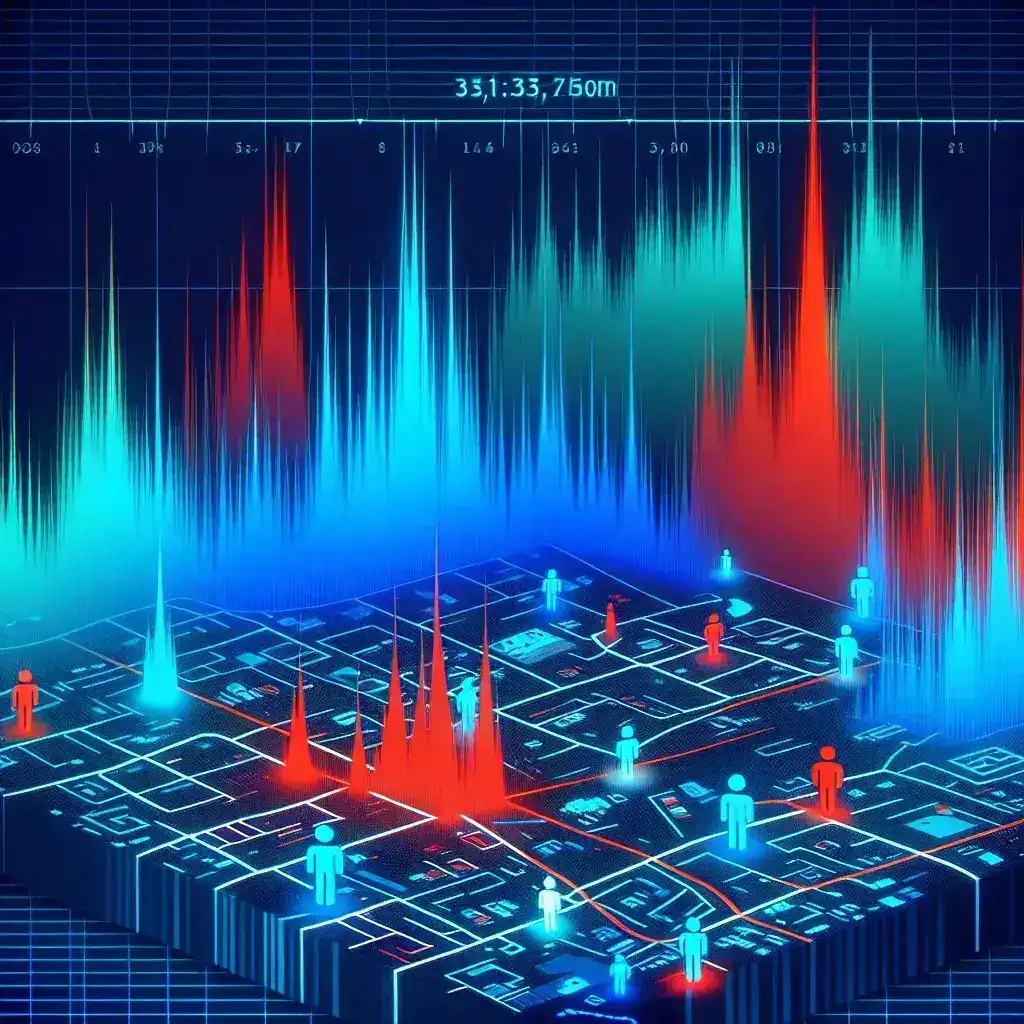The Rise of Cloud Gaming
Cloud gaming has emerged as a game-changer in the entertainment industry, allowing players to stream games directly from powerful servers rather than relying on local hardware. As we approach 2025, we see a profound shift in how gaming is perceived and consumed. This transition is driven by advancements in technology, internet infrastructure, and changing consumer preferences.
Understanding Cloud Gaming
Cloud gaming, also known as game streaming, enables players to enjoy high-quality games on various devices, such as smartphones, tablets, and low-end PCs. The heavy lifting is done on remote servers, which process the game’s graphics and gameplay mechanics, streaming the output to the player’s device in real-time. This model offers a plethora of benefits:
- Accessibility: Players can access games on any device with an internet connection.
- No Upfront Hardware Costs: Gamers are not required to invest in expensive consoles or gaming PCs.
- Instant Play: Players can enjoy immediate access to games without lengthy downloads or installations.
The Local Hardware Experience
On the other hand, local hardware gaming has its own set of advantages. Gamers who invest in high-performance consoles or PCs often appreciate the following:
- Superior Graphics: Local hardware can deliver unmatched graphical fidelity and performance.
- Offline Play: Games can be played without an internet connection, offering flexibility for players.
- Ownership: Players own their games and can customize their setups.
The Economic Landscape of Gaming in 2025
Cost Analysis
As we delve deeper into 2025, the economic implications of cloud gaming versus local hardware become evident. The cost factors surrounding both models are crucial for consumers and developers alike. Let’s break down the costs associated with each:
Cloud Gaming Costs
1. Subscription Fees: Most cloud gaming services operate on a subscription model, requiring users to pay a monthly fee for access to a library of games.
2. Data Costs: Streaming games requires a stable internet connection. Players may incur additional costs based on their data usage, especially if they exceed their monthly limits.
3. Latency Issues: Depending on the distance from the server, players may experience latency, affecting gameplay quality.
Local Hardware Costs
1. Initial Investment: Purchasing a gaming console or a high-end PC can require a significant upfront investment.
2. Maintenance and Upgrades: To keep up with the latest gaming titles, gamers might need to upgrade their hardware periodically, leading to additional costs.
3. Game Purchases: While local gaming allows ownership, buying games at full price can add up, especially for avid gamers.
Future Predictions
By 2025, we can anticipate a nuanced landscape where both cloud gaming and local hardware coexist, each appealing to different segments of gamers. Industry experts predict that:
- Cloud gaming will dominate casual gamers: For players seeking convenience and affordability, cloud gaming will become the preferred option.
- Local hardware will remain strong among dedicated gamers: Enthusiasts who value performance, graphics, and customization will continue to invest in high-end setups.
- Hybrid Models may emerge: Companies may develop products that combine cloud capabilities with local hardware to provide a seamless gaming experience.
Comparing Pros and Cons
Cloud Gaming Pros and Cons
Pros
- Ease of Access: No need for expensive hardware.
- Wider Game Library: Access to a vast number of games at a lower cost.
- Cross-Platform Play: Ability to play on multiple devices.
Cons
- Internet Dependency: Requires a stable and fast internet connection.
- Limited Control: Users do not own their games.
- Potential Latency: Online gameplay may be hindered by network issues.
Local Hardware Pros and Cons
Pros
- High Performance: Superior graphics and processing power.
- Ownership: Full ownership of games and hardware.
- Customization: Ability to upgrade and modify systems.
Cons
- High Initial Cost: Significant upfront investment is often required.
- Maintenance: Regular upgrades and repairs may be necessary.
- Less Flexibility: Limited to specific hardware.
Cultural Relevance of Gaming
The gaming landscape is continually evolving, influenced by cultural shifts, technological advancements, and economic factors. As gaming becomes more mainstream, accessibility will be critical, with cloud gaming playing a vital role in democratizing access to high-quality games. By 2025, gaming will likely be a primary entertainment option, reflecting our collective interests and social interactions.
Expert Insights
Industry experts stress the importance of understanding consumer behavior as gaming technology evolves. Dr. Emily Carter, a gaming economist, notes, “The shift towards cloud gaming reflects a broader trend of convenience and instant access in consumption, but local hardware remains a stronghold for serious gamers.” This perspective underscores the duality of the gaming experience and the need for both models to coexist.
Conclusion
As we look towards 2025, the economics of gaming will be intricately tied to advancements in cloud technology and the steadfast presence of local hardware. Each model presents unique advantages and challenges, catering to different segments of the gaming population. The future of gaming will not be about a single mode of access; rather, it will be defined by the diverse preferences of gamers around the world, leading to a rich tapestry of gaming experiences.




Leave a Reply